Smart Energy
The city of Wavre (Belgium) is 800 years old, since its birth in 1222. The city government is cooperating with the European Union on a 5G application project to improve the urban energy system.
Under the “Réseau d'Energies de Wavre”, or REW, project, public buildings in Wavre will be equipped with smart meters to monitor key energy usage indicators. The system will also enable a peer-to-peer energy sharing model that will help businesses and organizations based on actual needs.
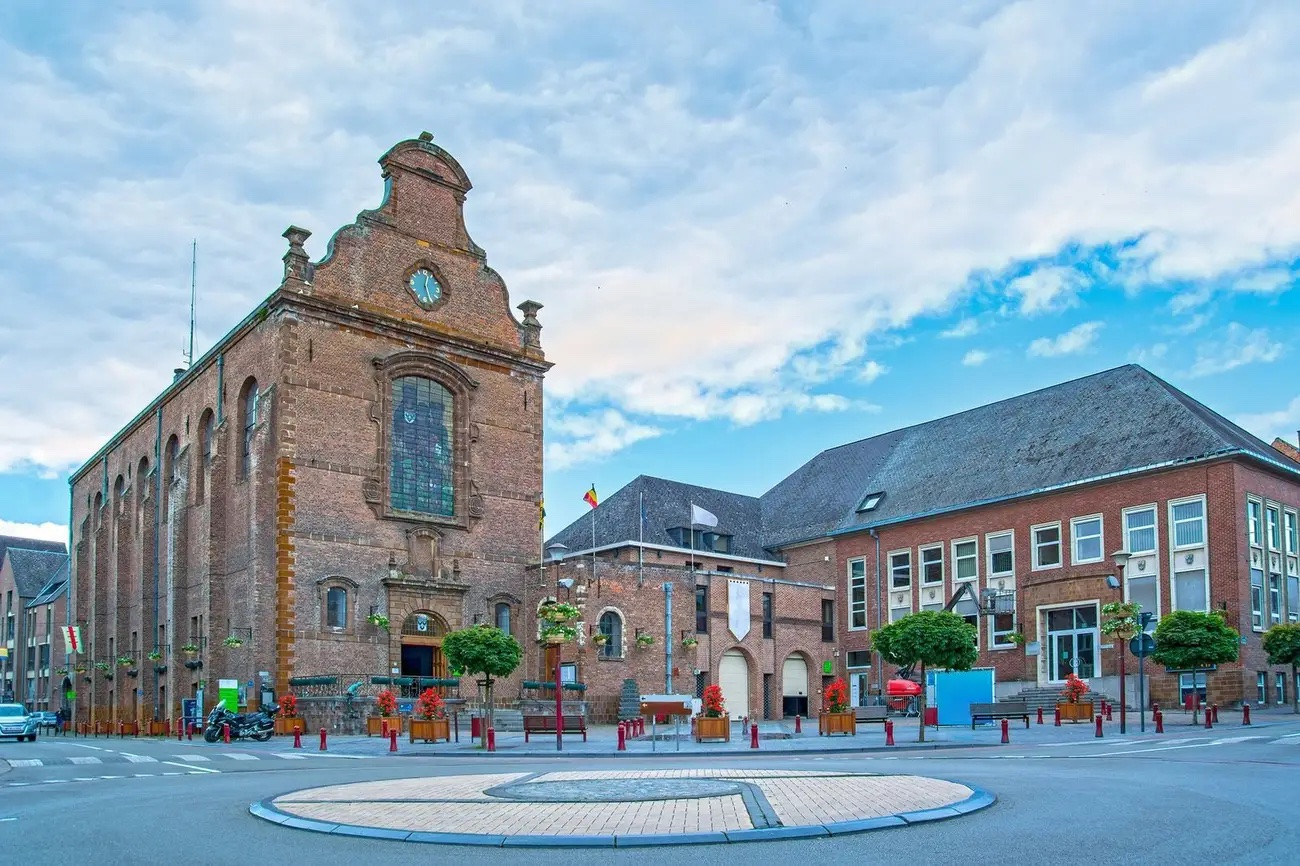
In this, smart meters with 5G-enabled SIMs are installed, forming a smart grid. On this grid, energy usage can be continuously monitored, modeled and predicted in real time. This is expected to create economic efficiency with energy being used efficiently and economically.
5G connectivity is the backbone of the project, allowing mobile data to be transmitted continuously all day long at an affordable cost.
“Over the past 10 years, the city of Wavre has been fully committed to digital transformation,” said Anne Masson, mayor of Wavre. “For us, new technology is an essential means to keep up with a rapidly changing world and to meet the expectations of those involved in the economy, health , tourism and culture across the city.”
The project will also include cheap, or even free, 5G internet access, depending on demand. A “living lab” will also be set up, using sensors to monitor air quality and make better traffic and environmental decisions in the city.
Urban Operations
In 2018, John Suthers, then mayor of Colorado Springs, announced plans to transform the city into a smart city. The goal is to use technology and data-driven solutions to improve livability, sustainability, and the efficient operation of public services including transportation, energy, and waste management.
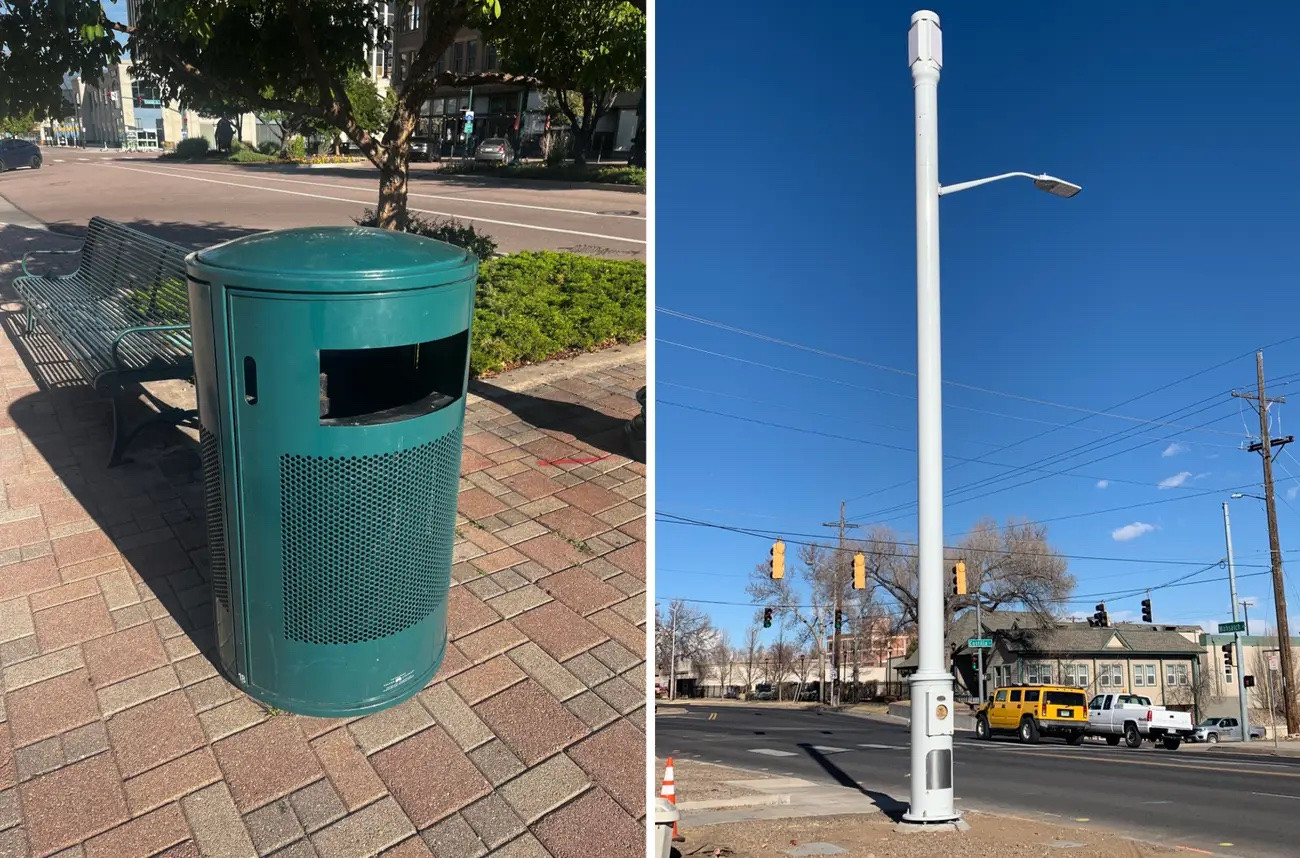
Five years later, the project has paid off. “Technology has changed the way we manage parking, traffic, and streetlight maintenance,” said Joshua Pace, a senior specialist in the city’s Office of Innovation.
For example, lampposts can automatically report power outages instantly via 5G networks, and serve as data collection points with built-in weather and air quality sensors. They can also detect gunshots, and community WiFi can help bridge the digital divide.
Meanwhile, the bins equipped with 5G SIMs have changed the way waste is managed, optimizing collection routes and reducing operating costs. The bins are equipped with sensors that monitor waste levels, allowing for timely and efficient collection. Additionally, temperature sensors are installed inside to enable quick response to fires.
Pace said 5G-connected information kiosks would provide local information and could be used for advertising. Meanwhile, autonomous vehicles and 5G could theoretically create more efficient transportation systems, as well as use AI to regulate traffic and reduce crashes and congestion.
The main advantages of 5G lie in its faster download speeds and lower latency, as well as the fact that it doesn’t require a physical network of cables because it works with cell towers. This scalability and efficiency makes 5G an attractive solution for cities looking to enhance their connectivity infrastructure without the need for costly and disruptive fiber optic cable installations.
(According to Insider)
Source
































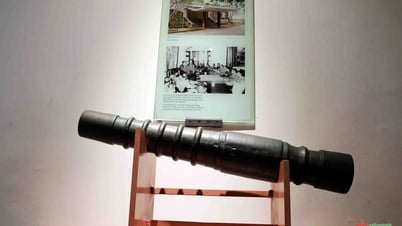





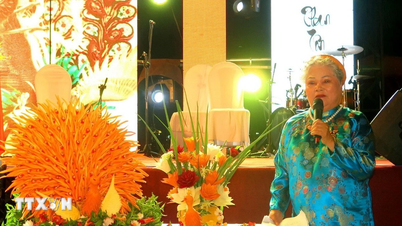




















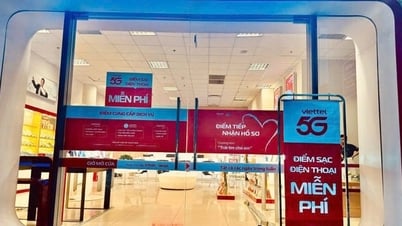

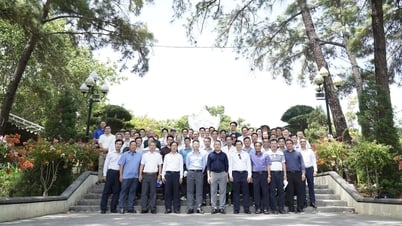




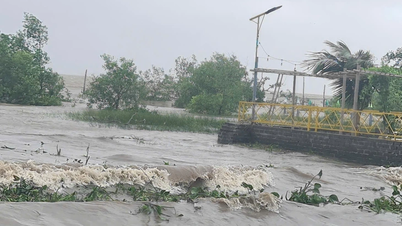








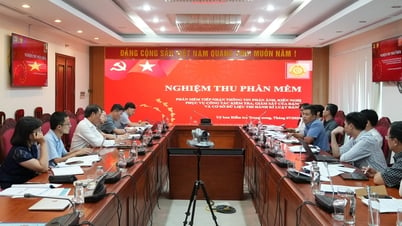


























Comment (0)